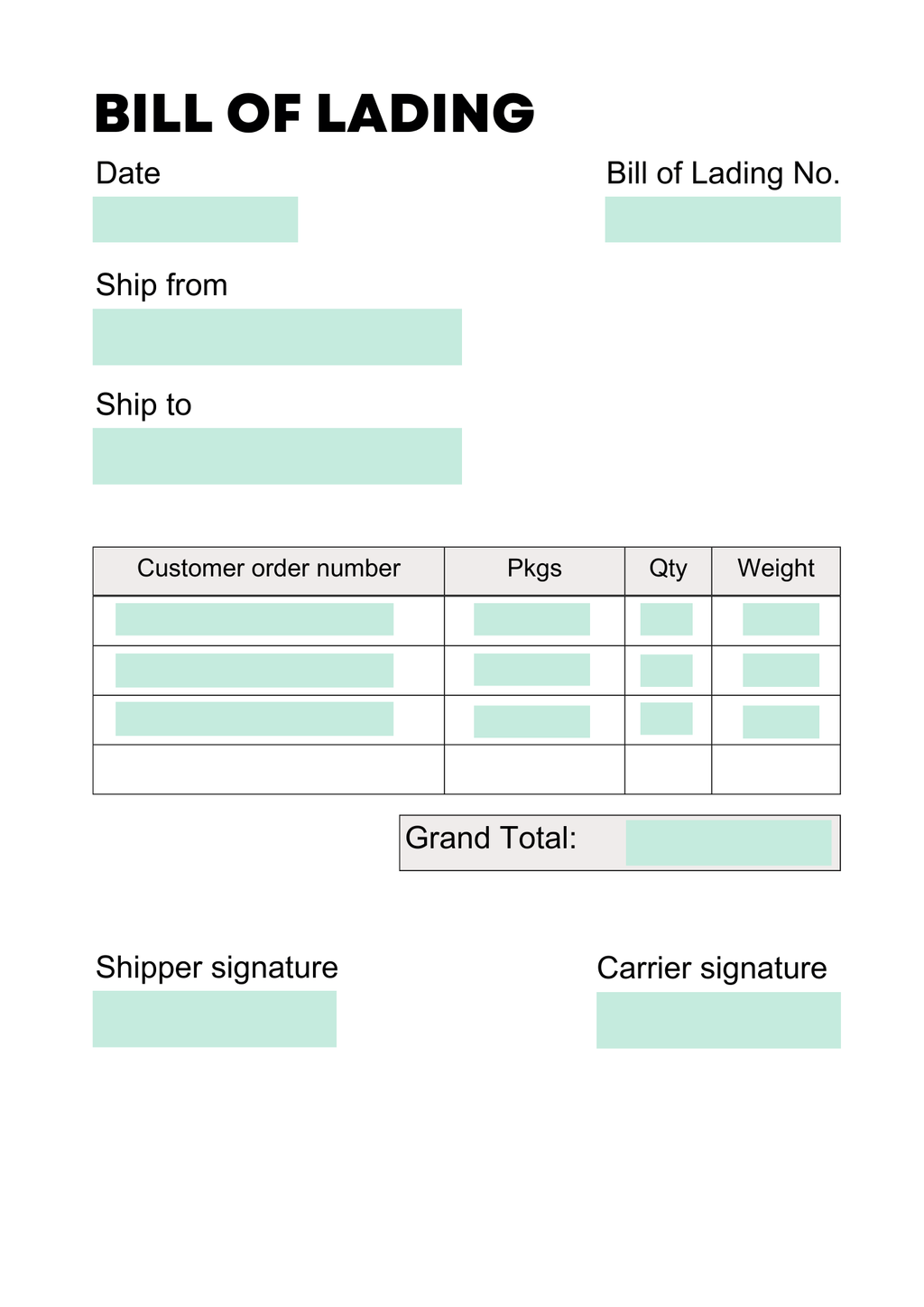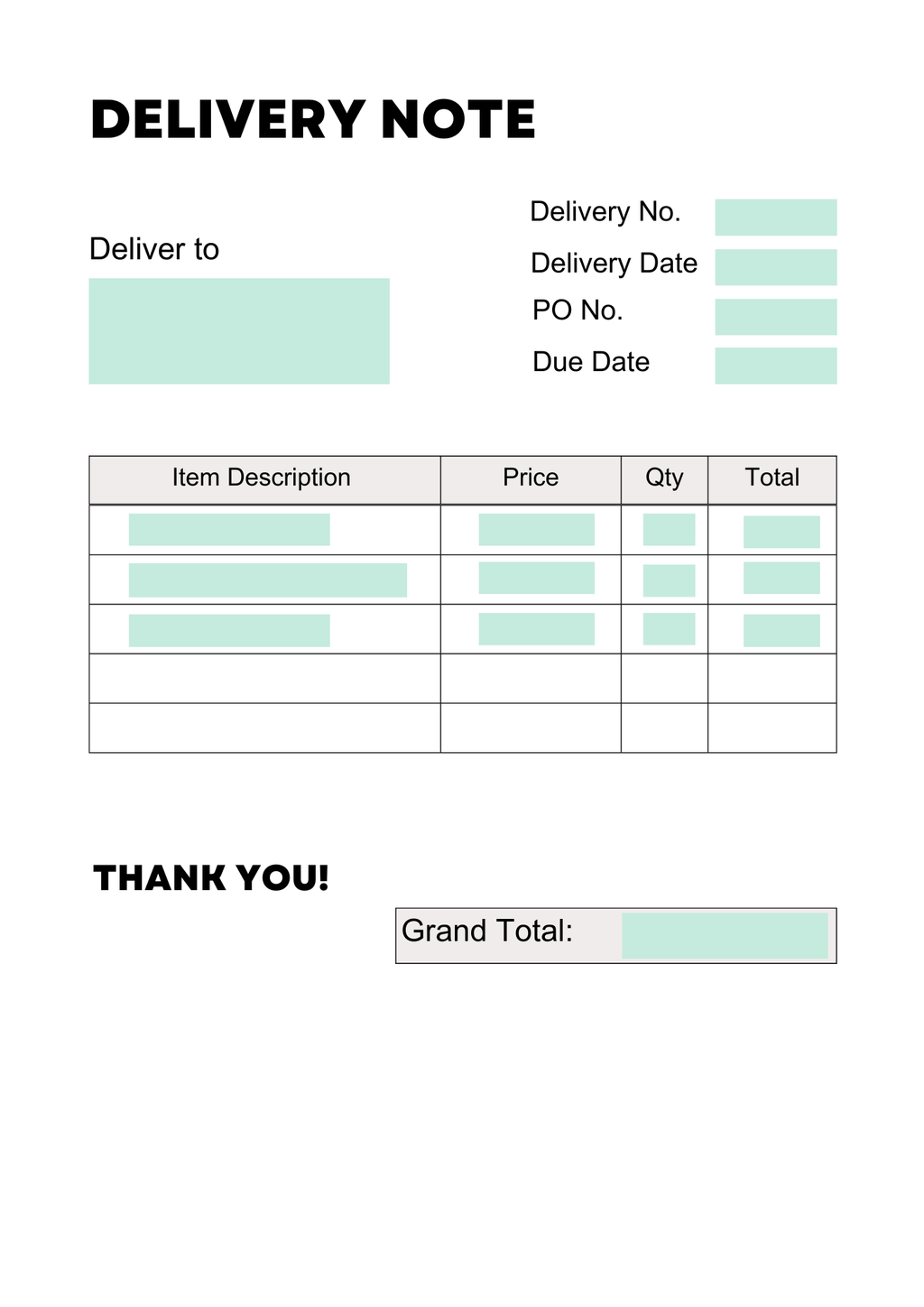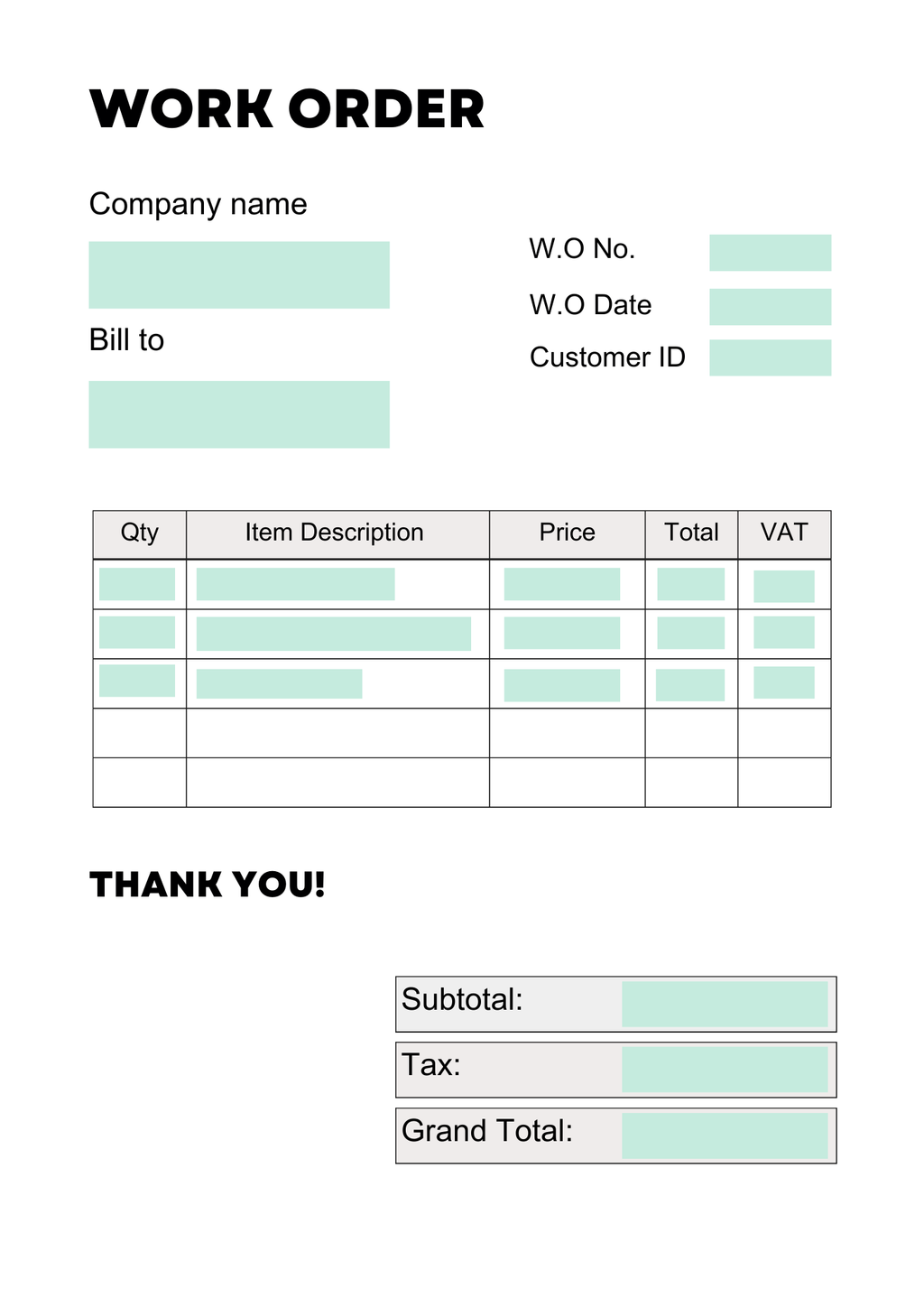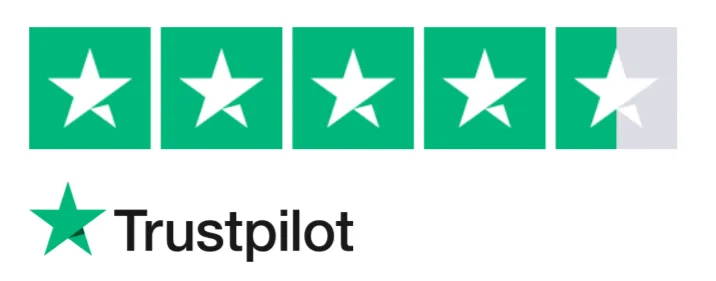If you are curious about the shipping industry, you may have heard terms such as sea freight, consignment number and bill of lading. But what exactly is a bill of lading, and why is it important to anyone carrying goods via a transportation method? The purpose of this beginner's guide to the bill of lading is to help you understand the essential terms of the BoL and how to create one.
What is a bill of lading?
A bill of lading (also called original bill of lading, BoL, B/L or OB/L) is a legal document that details the type, quantity, and destination of goods being shipped. The BoL also serves as a receipt for the shipper once the shipment is delivered to its consignee.
The term bill of lading comes from "to lade," which means "to load." The name is fitting because the bill of lading was originally used as a transportation receipt for items loaded onto ships.
For instance, the freight bill of lading serves as a shipping document detailing the terms of a shipment and what's in it. It's a contract between the shipper and carrier regarding transportation services. The carrier uses it to track shipments, estimate delivery times, and process payments.
Who issues a bill of lading?

A bill of lading is issued by a carrier (for example, the operator of a container ship) to a shipper (the party shipping the goods) as a contract of carriage, receipt for goods, and a document of title.
Carriers issue BoLs to shippers, who use them to verify that shipments have been received in good condition. It usually goes through those three steps:
- A bill of lading is issued by the carrier as a receipt for cargo, and it must be signed by an authorized representative from the carrier. The carrier issues a number, the BL number, for the shipper and the consignee to track the delivery of the shipment.
- The shipper (or their agent) has to sign the bill of lading to acknowledge receipt of the goods from the carrier as described and in the stated conditions.
- A signed copy of the bill of lading can then be given to the consignee, who uses it to retrieve the goods.
Types of bill of lading
BoL can be categorized into different types of documents. We have highlighted the most common types of bills of lading below.
Ocean Bill of Lading
Ocean BoL is used for importing and exporting goods via ocean freight (by sea) and is issued by shipping lines.
Straight bill of lading
In this form, the cargo is consigned to a specified party in either the format of an Ocean BoL or a house bill. The carrier delivers it only to the party who presented the bill of lading to the carrier. It is not negotiable and cannot be transferred from one entity to another.
Order bill of lading
This bill of lading gives an option to the consignee to sell or transfer ownership rights to a third party. It is also known as a "to order" bill of lading, and similar to a negotiable instrument, it may be endorsed over to another party, such as a bank or financing institution.
Airway Bill
The air waybill is issued by airlines that act as carriers and is used for transporting goods via air freight. It serves as proof of contract between the shipper and airline, but unlike an ocean bill of lading, it does not convey title (ownership) in the cargo.
Why is bill of lading important?
The main purpose of a BoL is to serve as proof of shipment. It provides essential information about the transaction including the type and quantity of cargo being shipped, the date and point of origin, and the date and point of destination. This document also provides information about payment terms, delivery instructions, terms and conditions, and liability.
Once signed by both parties, these documents serve as proof that a transaction occurred between two parties --- just like invoices or receipts do. BoLs also help maintain product quality by detailing where products have been stored and how they have been handled since leaving the shipper's warehouse.
How to create a bill of lading
A bill of lading must include the following information:
- Shipper
- Consignee
- Mode of carriage
- Bill of lading number
- Booking number
- Number of packages
- Freight class and charges
- Collect
- Dated
Here is a sample of a bill of lading document:
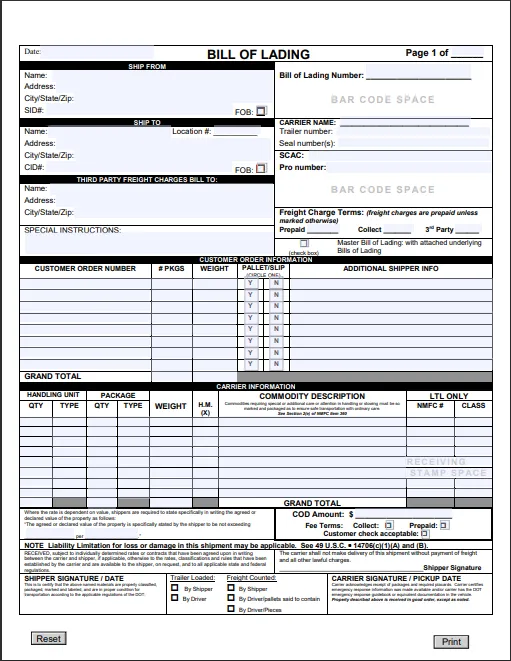
Popular software to generate a bill of lading
TThe shipping world is still quite fragmented. Most logistics companies use proprietary software and document formats, which results in B/L taking all sorts of shapes. If you don't already have a BoL platform, you can use one of the software mentioned below.
- SmartBOL
SmartBOL is a desktop application for Windows that enables the creation of bills of lading. Some of its features include:
- Integration with QuickBooks and SQL Server database.
- Keeping a record of previous BoL
- Capturing digital signatures
- StarShip
As the name suggests, StarShip helps you ship your bill of lading documents. You can use either the web or the cloud interface. StarShip integrates seamlessly with many applications such as ERP or accounting software. The tool allows you to have a dashboard where you can access all the details of your shipment.
- Vector
Vector is an electronic bill of lading software that facilitates contactless deliveries for both shippers and carriers. You can digitize all your documents and manage everything online. Vector also has a feature called 'auto-imaging' which identifies documents within seconds.
Automating the bill of lading processes
Managing shipping documentation can be a time-consuming task which can result in inaccuracies in data. By automating manual processes, you can easily gain more time and focus on other aspects of the transportation business.
By using Parseur for your bill of lading automation, you can save countless hours of manual data entry task. Parseur is a PDF parser software that extracts data from documents such as invoices, bill of lading and confirmation orders among others. Parseur is free to start where you can get access to all the features available.
You can learn more about how you can automate B/L processes with Parseur in our article.
Last updated on

